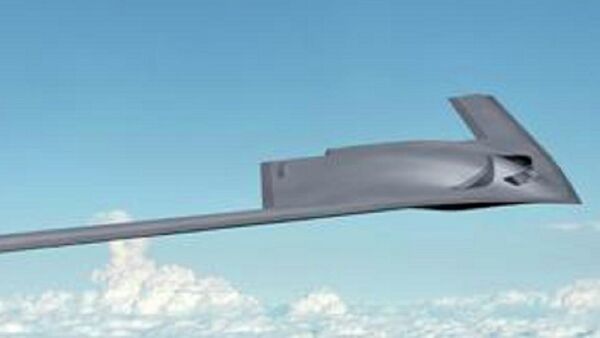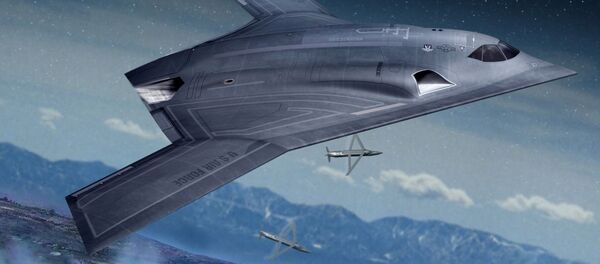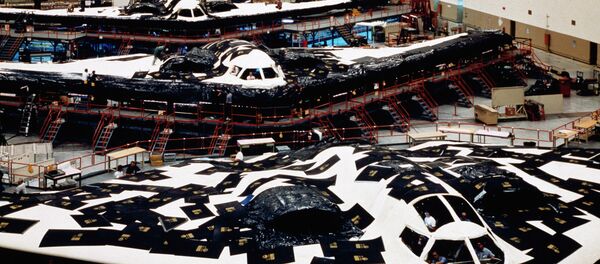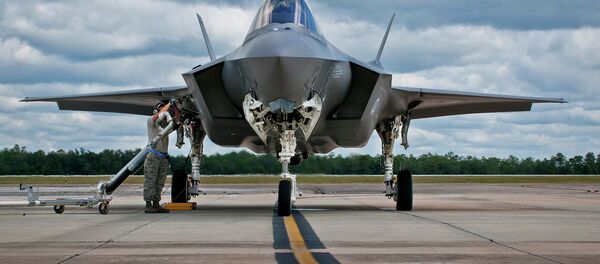The US Air Force has set aside a whopping $58.2 billion to develop its next generation B-3 bomber. Meant to replace the aging B-52 and B-2 aircraft, Northrop Grumman and a team joint team of Boeing and Lockheed Martin are competing for the contract with rival designs.
While it’s still relatively early in the development phase, both designs have already undergone extensive testing, and on Tuesday, the Air Force conducted a meeting with stakeholders to highlight what the two designs have to offer.
While sources say that both prototypes are significant differences, they still have shared goals that need to be achieved. Both designs feature stealth technology grades above existing bombers.
The winning design must also feature an effective electronic attack element, and will also likely be capable of using nuclear weapons.
The Air Force is also interested in the new aircraft being optionally manned. While remotely piloted missions would be desirable in the long-term, officials say it’s not a “short term priority,” and may only be incorporated into later production models.
Other sources suggest that the next generation bomber could be significantly smaller than the B-2. That scaling down may mean the plane will operate with a payload 20% smaller than its predecessor, focusing instead on a wider range of munitions, rather than quantity.
That size could also reduce the aircraft’s range by 20%.
While neither proposal has actually conducted flight tests, officials present at the meeting describe the designs as being "very mature," considering how early it is in the process. Extensive wind tunnels tests have been performed as well as survivability tests.
"The risk reduction is done. The designs are technically mature. And we’re ready to move," an official told Defense News, adding that the program has the "highest level of maturity I’ve seen in an aircraft build."
The contract will be awarded by the Air Force’s top secret Rapid Capabilities Office (RCO). That department’s role in the program partially explains how the prototypes are so unusually far along. The new bombers will rely on existing technologies, albeit ones with previously unheard of in commercial aviation, kept under wraps by the RCO.
"We’re about three years more downstream from where EMD contracts normally are," a source told Defense News. "They’ve decided to award at a much higher level of maturity and design where they’ve done a lot of thinking about how to transition to [the Engineering & Manufacturing Development phase]."
"That might be a legacy of the RCO approach."
Still, the tests are unlikely to impress some members of the US Congress. The programs high price tag has left many uncomfortable with, especially given the pitfalls surrounding the development of the F-35. After spending nearly $400 billion, the fighter jet has proven incapable in dogfights against older aircraft.





